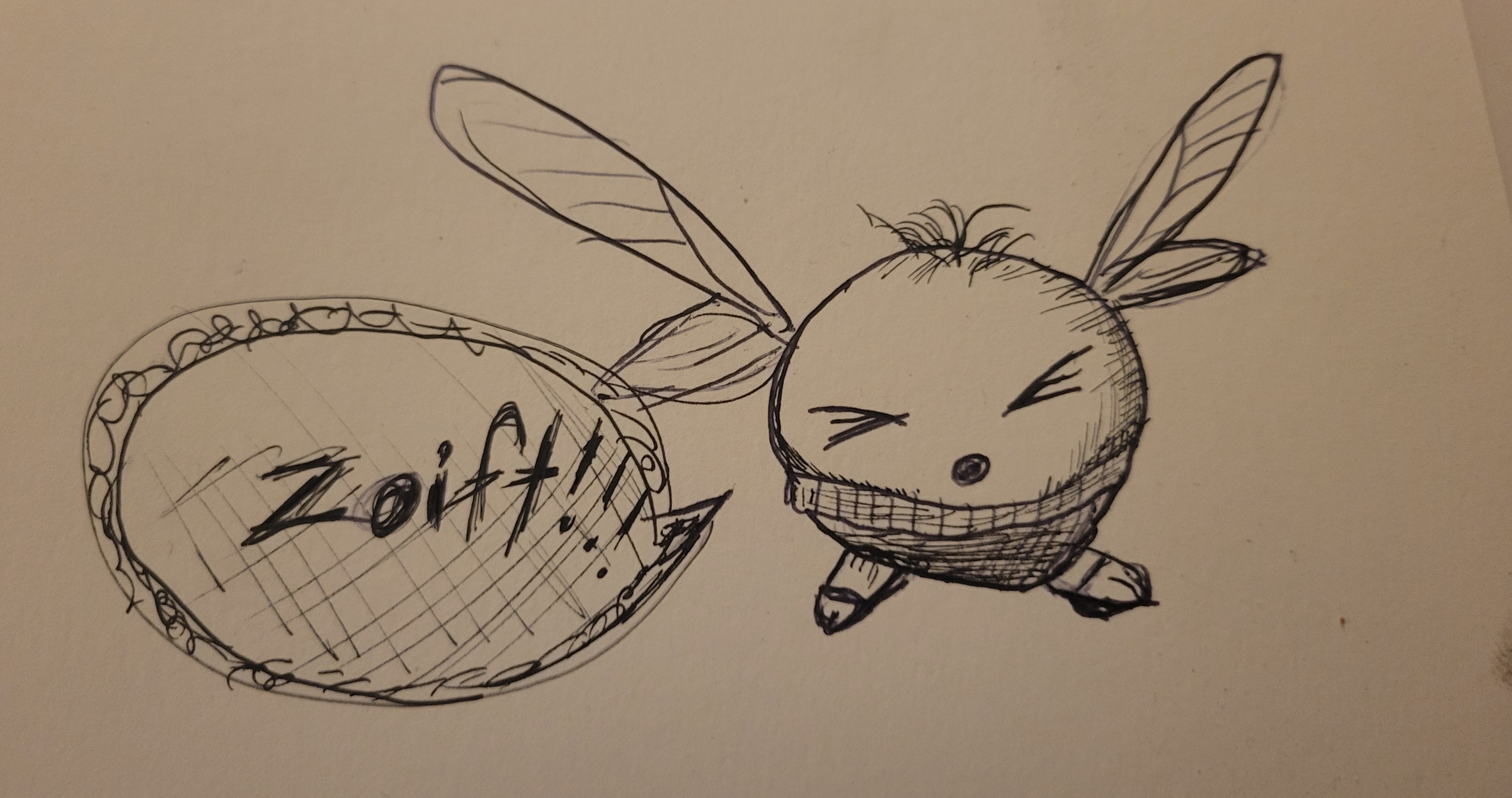A real geologist should give a real answer, but more or less it is due to how the molten elements and molecules sorted out back when the earth was younger and hotter. It has a lot to do with relative densities, melting points and propensity to mix with other materials. Everything heavier than helium and trace amounts of lithium are "star dust", the geology of earth is how that coalesces together and then combines and separates out in geological processes.
Most of it sinks to the core in a molten body, actually, since it has an affinity for iron+nickel. The stuff that manages to stay behind tends to not stay chemically combined with rock because it's unreactive. Basically, when a blob of liquid (magma or water) is slowly cooling underground, you get individual crystals of various minerals precipitating, and since gold doesn't tend to combine with other elements, where it exists in quantity it's bound to find it's way into crystals of native metal. If it's a nuggets-type deposit this is what happened, plus maybe a period of weathering+sedimentation or two.
Concentrated ores of other uncommon or rare elements have a similar origin, just obviously with different chemistries. The exact history of each gold deposit will very. Some are probably associated with core-material asteroids that impacted the crust more recently than the molten days of the Earth.
Time + gravity + chemistry + physics = hot stirring clumpy rock stew
As the stew goes from hot to warm over millions of years things settle into some interesting patterns. The highest concentrations of known gold geological formations happen to be on the oldest pieces of the earth’s crust btw.
In addition to what other posters have said, chemotrophic bacteria can play a significant role concentrating/enriching certain metallic ores by eating dissolved minerals in deep groundwater and metabolizing out metals. Lots of vein-gold runs through very old & fractured marble/granite bedrock with a lot of hydrologic activity.



